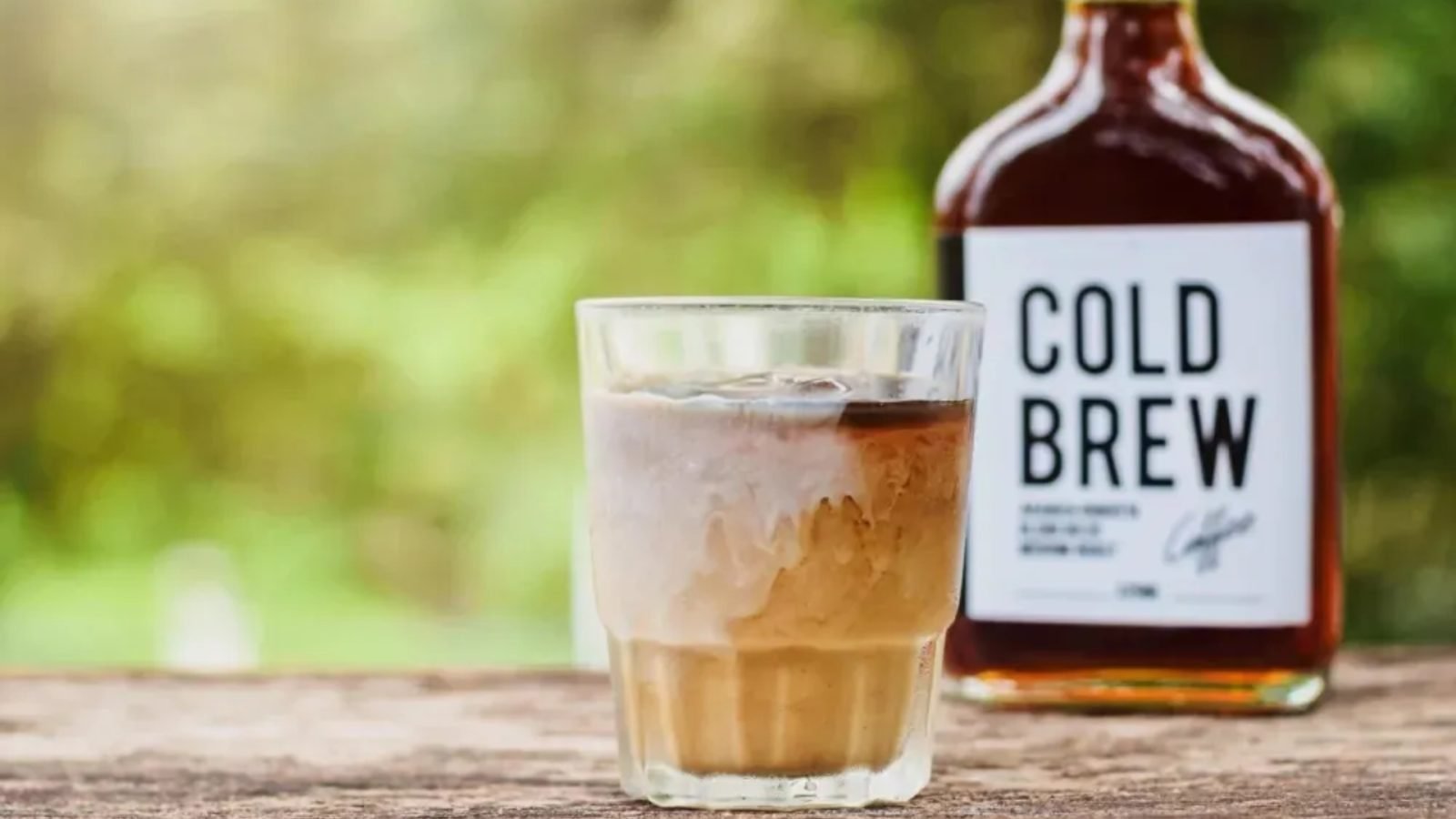Known by Young People to Old People: History of Cold Brew Coffee

If we look closely at the history of cold brew coffee, this coffee crafting is not new in concept. Even more, it has been deeply rooted for generations, starting from its origin in Japan. It was until two big coffee shop chains – Starbucks and Dunkin Donuts – adopted and introduced it to the U.S. market, the so-called cold brew coffee experienced soaring popularity.
Becoming a favorite choice among young and old people to date, cold brew offers three essential differences, particularly in the discourse of cold brew vs hot brew. It is brewed in cold water, requiring a minimum brewing time of 12 to 14 hours, and less bitter.
Apart from cold brew’s past to recent times, this article will also explore more about the reasons for its popularity and its future.
Table of Contents
Starting From Kyoto, Japan

Despite the debate on who initially developed cold brew, the Japanese or the Dutch, the first documented evidence of true cold-brewed coffee indeed comes from Japan.
- Pre-1600 – Japan established cold brewing tea by soaking it in cool river water, saturating the tea leaves, and letting them brew.
- 1600s – Kyoto-style coffee was the first record ever for cold-brewed coffee, derived its name due to its popularity in the city of Kyoto, Japan. There was an assumption that the Japanese learned the technique of cold brew coffee from Dutch traders and sailors. Dutch coffee was a boiled-down concentrate that needed no hazardous fire and could be bottled, easily carried on ships, and sold at ports.
- Ca. 1640 – The Japanese developed their distinct brewing techniques, using their deep-rooted cold tea brewing to invent the machine for coffee brewing in public spaces. It was a hands-off method of a tall, elegant tower and gravity-based tubes.
- 1800s – A brand called Camp Coffee, similar to Dutch coffee, was bottled and shipped to European troops during wartime.
- 1930s – Cuba gave cold-brewed coffee a makeover, resulting in the popularity of iced coffee all over the U.S.
- 1960 – The birth of The Toddy by Todd Simpson after witnessing the cold brew coffee process on his trip to Peru.
- 1990s – The trend of making coffee concentrate for blended drinks by coffee shops in America.
- 2000s – Two innovative coffee houses adopted cold brew – New Orleans-style iced coffee by Blue Bottle and nitro cold brew by Stumptown Coffee Roaster.
- 2010 – More people can easily get and experience cold brew in the U.S., ranging from the availability at third-wave coffee shops to even corner stores.
The Rising Popularity of Cold Brew Coffee

A decade after the 2000s, the history of cold brew coffee witnessed staggering popularity ever, especially after the adoption of this coffee crafting by two major coffee shop chains – Starbucks and Dunkin Donuts.
Some reasons make cold brew so popular among coffee aficionados around the globe:
1. Sweet and smooth taste
Cold brew offers smoothness and sweetness in taste. If hot water generates acidity, cold water tends to be void of acids. That’s why cold brew makes a great pair with milk as milk complements a smooth and sweet taste.
2. Stable
Much more stable compared to hot coffee, cold brew is widely chosen for packaged beverages.
3. Longer shelf life
For example, a keg (a small barrel or less than 30 gallons) of cold brew coffee may have about a 90-day shelf life.
4. Cost-effectiveness and ease
In small or large batches, cold brew is relatively easy and cost-effective, even at home. The ease also has led to the invention of at-home cold brew machines.
More advanced technologies and machines
The latest coffee-based technologies and machines have improved and reinvented cold brew, bringing it out to a larger market.
The Future of Cold Brew Coffee

Initially introduced as an elite drink in the industry of food service, cold brew has significantly shaken the coffee industry and history. New technologies and crafting methods have allowed the public, in general, to access and experience this once-exclusive beverage.
As projected by Grand View Research, the popularity of cold brew does not seem to stop. Even, the global market of this unique coffee crafting can expect a growth of 25.1% in compound annual growth rate (CAGR) from 2019 to 2025.
A popular beverage in numerous specialty coffee shops, cold brew – the handcrafted and premium one – also has increasingly opened up profitable growth prospects for the world’s market.
The growing popularity of cold brew also can be attributable to the millennial those making up a sizable amount of the global coffee-drinking population. Cold brew can be a caffeinated alternative to soda or other artificially flavored or sweetened beverages.
Starting allegedly in Japan, the history of cold brew coffee has shown various makeovers and reinventions, peaking with its shocking popularity across the globe. Offering smoothness, sweetness, and low acidity, cold brew succeeds in appealing the old and young coffee drinkers, especially the millennials.











